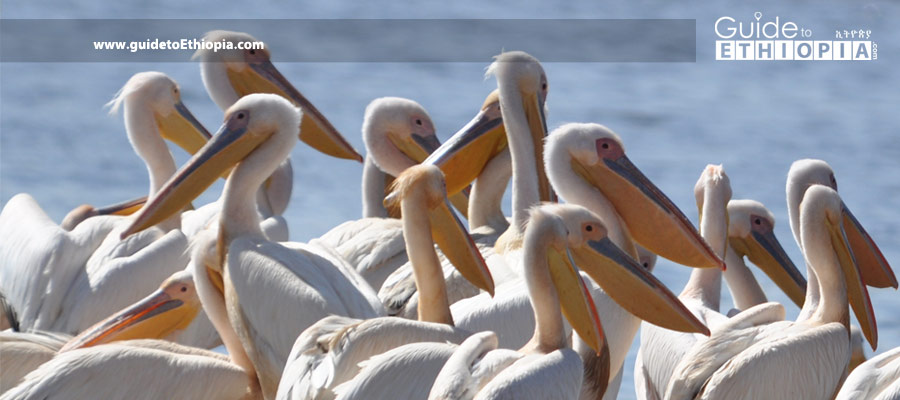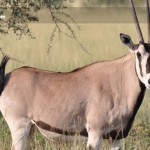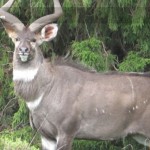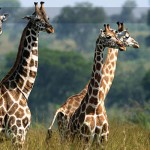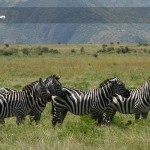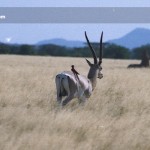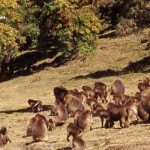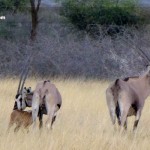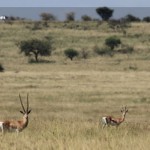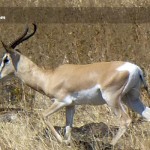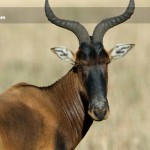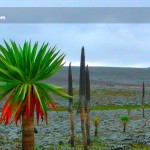7o30’ N/38o30’ E
Comprised of two lakes (Abiata and Shalla), the park was established in 1970 for its many species of aquatic birds, particularly great white pelicans and greater and lesser flamingos. With two lakes hosting 400 bird species (half the total number of bird species in Ethiopia), the park includes 4,820ha of aquatic habitat. It has an average altitude of 1,700m above sea level. The highest point in the park is Mount Fike, 2,075m above sea level, which is located between the two lakes. The average annual temperature is about 20 degrees C. Relative humidity ranges between 480 and 680. The rainy seasons are from March to April and June to September.
Abiata, only 14m deep, is where the birds come to feed, while their nesting paradise is Shalla, which is the deepest of all of the Ethiopian Rift Valley Lakes at 266m.
Location: 200km south of Addis Abeba in ArsiNegelleWereda, Oromia Regional State.
Size: 887sqkm.
Entry: There are a number of access points linked to dirt tracks in the park, four of which are open and interconnected. Any vehicles driving between Hawassa and Shashemene can drop passengers off at the entrance.
Hours: 6:30am to 5:30pm.
When to Go: Any time of the year.
Things to See and Do: Visit the museum (which gives an idea of the birdlife in the park), the ostrich farm, and the hot springs on the shores of Lake Shalla. Great white pelicans, greater and lesser flamingos, and African fish eagles are the key species among the rich birdlife supported. Other animal species include greater kudu, warthog, anubis baboon, grivet, guereza, oribi, klipspringer, and jackal.
Getting There: By road.
Where to Stay and Eat: Nearby Lake Langano has varied overnight options. Many of these places offer all-inclusive packages. Sabana Beach Resort, Bishangari Lodge, Africa Vacation Club, Wenny Eco-Lodge, and Langano Lodge are some of the best options. Camping is also permitted near the hot springs in the park.

